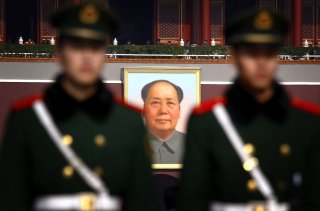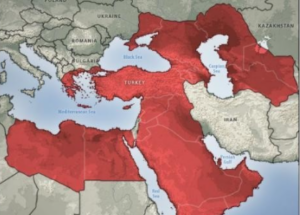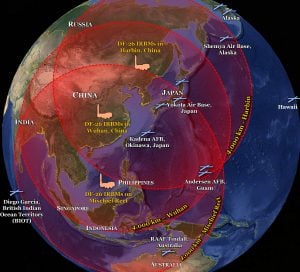William C. Latham Jr.
Russian physiologist Ivan Pavlov famously observed: “If you want new ideas, read old books.” The following narrative provides a fresh take on an old book, Ernest Dunlop Swinton’s The Defence of Duffer’s Drift. The 1904 novella recounts a series of dreams in which a British junior officer tries and fails to defend a critical river crossing, until he finally absorbs the lessons and accomplishes the mission. In light of the US Army’s renewed emphasis on platoon leader development, this updated story borrows from Swinton’s original work to illustrate core principles of small unit leadership in the twenty-first century.
Fresh from his basic course, Second Lieutenant Anderson reported to his first assignment just as Krasnovian forces invaded Palukistan. With the entire division preparing to deploy overseas, Anderson barely had time to in-process and rent an apartment before signing in as a platoon leader in the brigade support battalion’s distribution company. Now, nine weeks after graduating from Fort Lee, Anderson found himself on the ground in a combat zone halfway around the world, responsible for forty soldiers, twenty cargo trucks, and an arsenal of rifles, machine guns, and grenades.
Anderson had little time to shave that morning, much less sit down and eat a meal. Breakfast was coffee and an energy bar; lunch was a Snickers. While his soldiers spent the day pulling guard duty at the initial staging base (ISB) and shuttling equipment from the port, Anderson seemed stuck in a series of endless meetings, first with the company commander, then with the battalion commander, and then at a brigade rehearsal that took most of the afternoon.
At dinner, he ate a lukewarm plate of chicken cacciatore with his senior noncommissioned officer, Sergeant First Class Carroll, and shared as much information as he could recall while scribbling notes on the status of the platoon’s soldiers and equipment. Another commander’s meeting that evening took longer than expected, and it was nearly midnight before Anderson got back to his barracks room, brushed his teeth, and crawled into bed.
The First Dream: Troop Leading Procedures
















